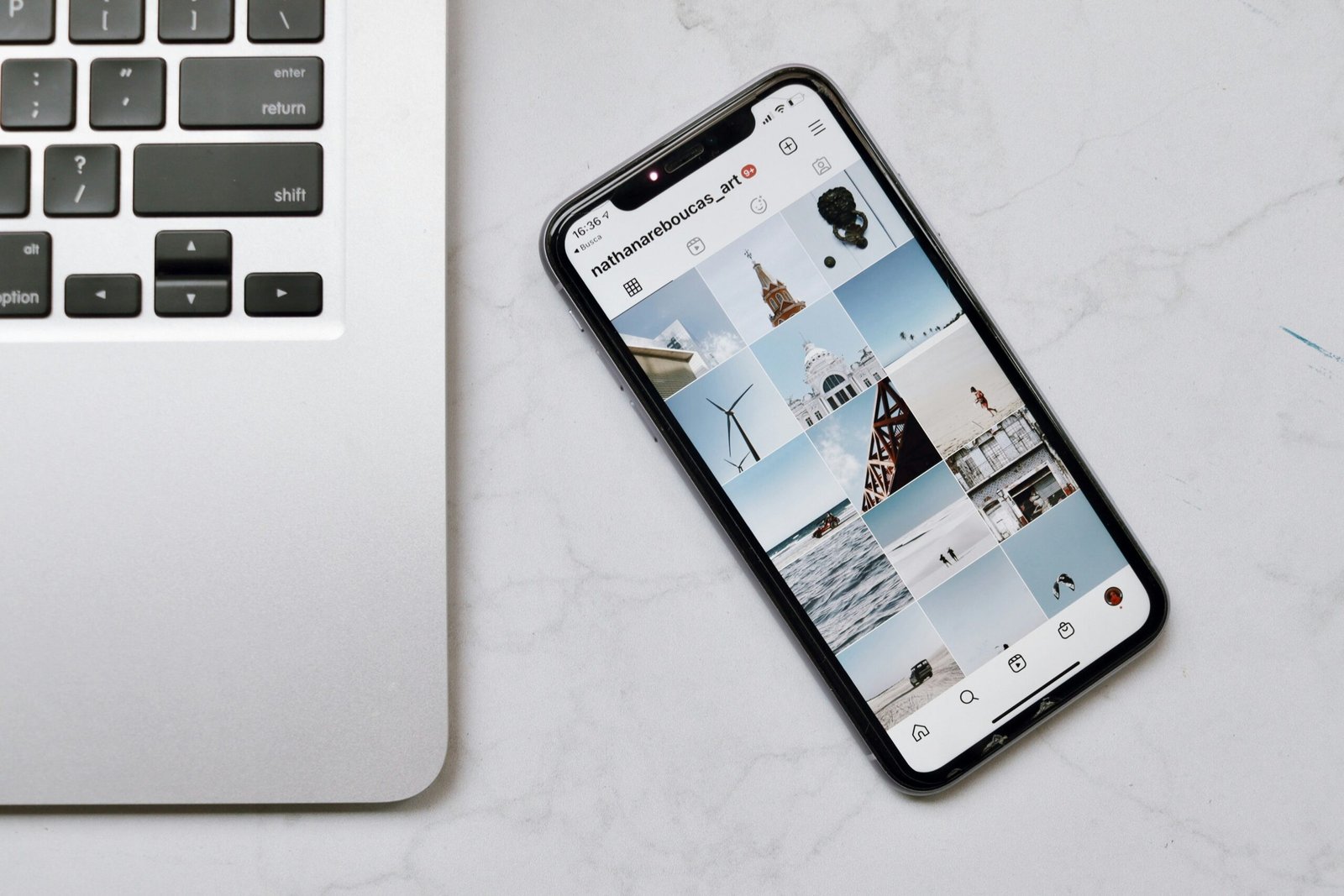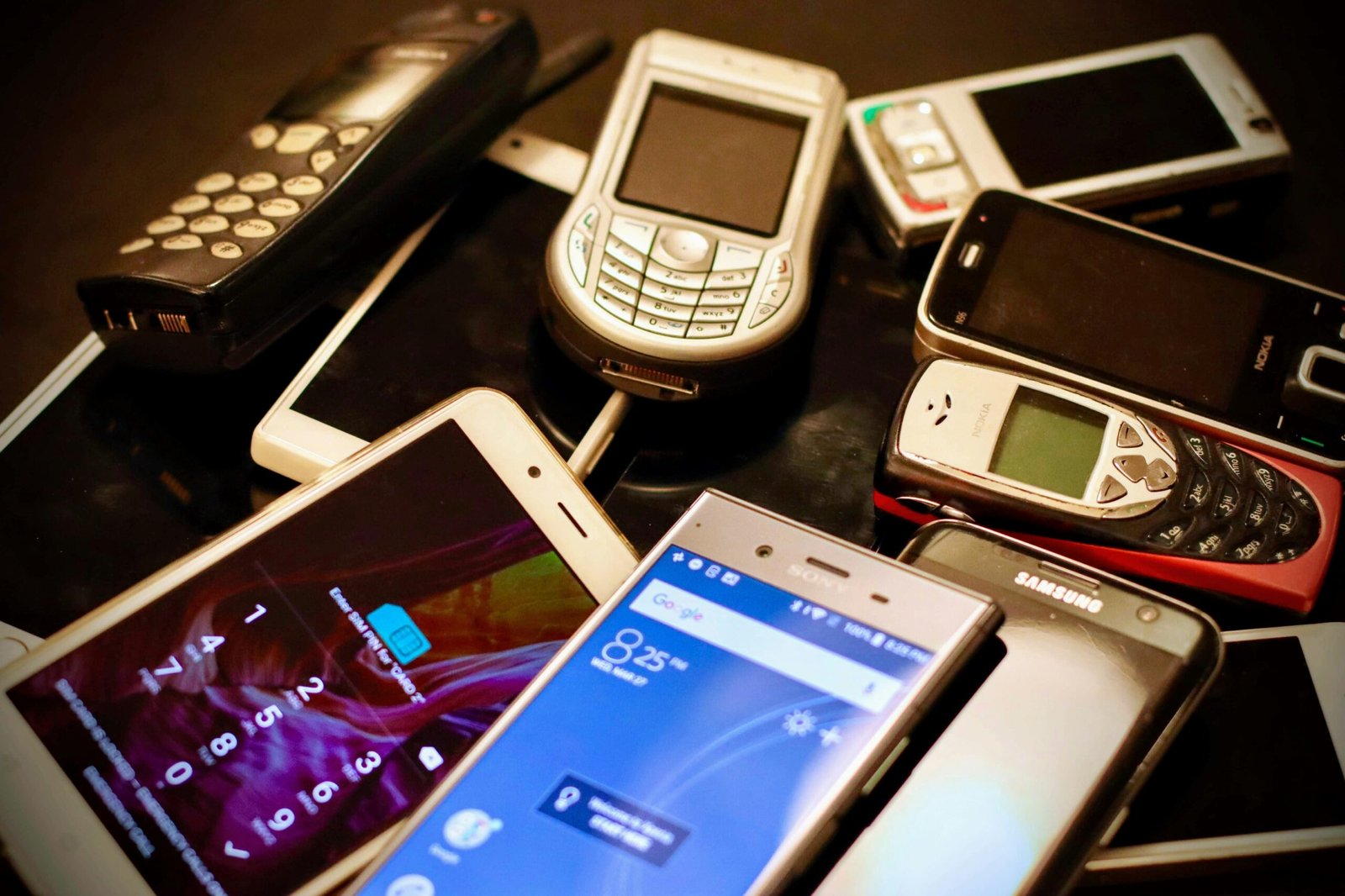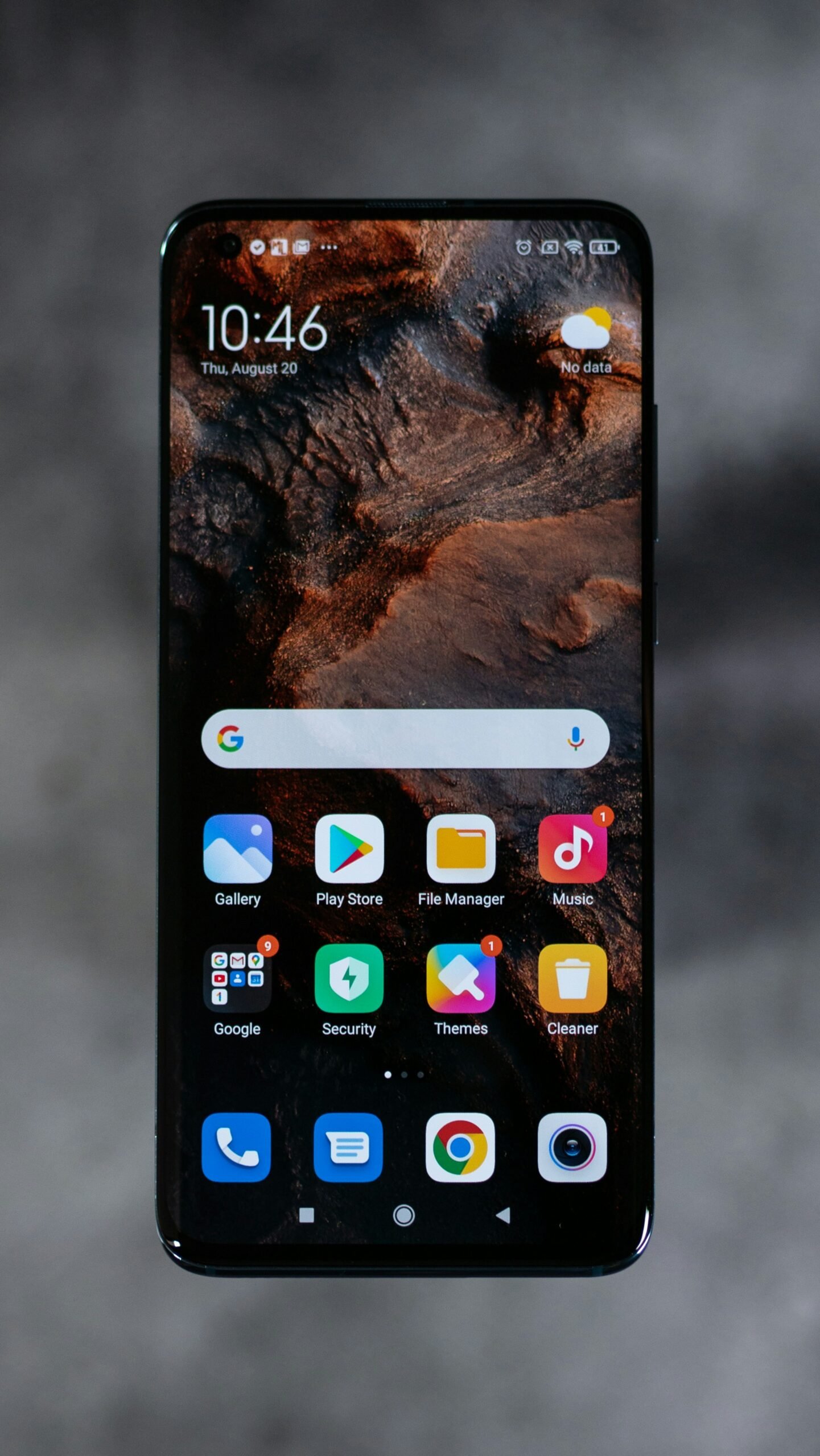Making the Switch: Android to iPhone
Have you been considering making the switch from Android to iPhone, but you’re worried about what you might be giving up along the way? Let’s break down what you might miss when transitioning from an Android device to an iPhone.
Customization and Personalization
One of the standout features of Android devices is the level of customization and personalization they offer. From changing the home screen layout to using custom widgets, Android allows you to make your device truly your own. When switching to an iPhone, you will notice a more standardized experience with limited customization options. While iPhones offer some degree of customization, it doesn’t match the level of freedom that Android provides.
Widgets
Widgets are interactive elements that display information at a glance on your home screen. Android users have long enjoyed the flexibility of placing widgets wherever they want on their home screens to quickly access important information. When switching to an iPhone, you’ll find that widgets are available, but only in the Today View, which is a separate screen accessed by swiping to the right of the main home screen. This limits the real-time customization and convenience that Android users are accustomed to.
App Drawer
Android devices feature an App Drawer, a centralized location where all of your apps are stored. This helps keep your home screen clean and organized. On the other hand, iPhones display all installed apps on the home screen, which can lead to a cluttered and overwhelming experience, especially if you have a lot of apps. While you can create folders on an iPhone to organize apps, the lack of an App Drawer can be missed by former Android users.
File Management and Sharing
Android’s file management system allows for easy access to files and documents stored on your device. You can plug your Android phone into a computer and transfer files without the need for additional software. Sharing files between Android devices is also seamless through options like Bluetooth and NFC. When switching to an iPhone, you’ll find a more restricted file management system that relies heavily on iCloud for sharing and syncing files. While it’s efficient for those within the Apple ecosystem, it may feel limited compared to Android’s more flexible approach.
Default Apps and Third-Party Integration
Android devices offer the flexibility to set third-party apps as default for various functions like web browsing, email, messaging, and more. This allows you to tailor your device to your preferences and workflow. Upon switching to an iPhone, you’ll notice that Apple’s own apps are set as defaults and integrating third-party apps can sometimes be a more cumbersome process. While you can still install and use third-party apps, the seamless integration found on Android may be missed.
Notifications and Quick Settings
Android’s notification system allows for more control and interactivity compared to iPhones. You can expand notifications to see more information, reply to messages directly, and customize how notifications are displayed. Android’s Quick Settings panel also provides easy access to toggles for features like Wi-Fi, Bluetooth, and brightness. When transitioning to an iPhone, you’ll find that notifications are more streamlined and less interactive, with limited options for customization. Additionally, Quick Settings on an iPhone are accessed by swiping down from the top right corner, offering a different layout and fewer toggles than Android.

Media and Entertainment
Let’s delve into the differences in media and entertainment experiences when switching from an Android to an iPhone.
Music and Streaming Services
Android devices are known for their versatility when it comes to music and streaming services. You can set third-party apps as default music players and use various services seamlessly. With iPhones, the default music player is Apple Music, and while you can still use other apps like Spotify, the integration and functionality might not be as robust. Switching from an Android to an iPhone may require adjusting to a new music interface and features.
File Downloads and Management
Android devices allow you to download files from the internet directly to your device’s storage, making it easy to access and manage downloads. iPhones have stricter file management rules and a more limited ability to access downloaded files. This can be a downside for users who frequently download files from the web or need access to various file types on their devices.
Expandable Storage Options
Many Android devices offer expandable storage via microSD cards, allowing users to increase their device’s storage capacity easily and affordably. iPhones do not have expandable storage options, which means you are limited to the internal storage capacity of the device you choose. This can be a significant adjustment for users who rely on expandable storage for media, apps, and files.
Screen Mirroring and Casting
Android devices often allow for easy screen mirroring and casting to other devices like smart TVs, speakers, and streaming sticks. Through services like Google Cast, you can share your screen or media content wirelessly. iPhones rely more heavily on AirPlay for casting, which works seamlessly with Apple devices but may require additional hardware or software for compatibility with other brands. If you’re accustomed to the flexibility of screen mirroring on Android, you may miss that feature when using an iPhone.
Video Call Compatibility
Android devices are known for their wide compatibility with various video call services like Google Meet, Zoom, and Skype. While these services are available on iPhones as well, Android devices often provide more flexibility in terms of video call features and integration. Switching to an iPhone may require adjusting to a different interface and set of features when using video call apps.
Productivity and Multitasking
When looking at productivity and multitasking features, how does switching from an Android to an iPhone impact your daily tasks?
Multi-Window Support
Android devices offer multi-window support, allowing you to run two apps side by side or use apps in a floating window. This feature is particularly useful for multitasking and productivity. iPhones do not have native multi-window support, which means you can only interact with one app at a time on the screen. While iOS does offer Split View on iPads, iPhones do not have the same level of multitasking capabilities as Android devices.
Third-Party Keyboard Support
Android devices allow you to install and use third-party keyboards, providing more flexibility in typing experience and additional features like swipe typing and custom themes. When switching to an iPhone, you’ll be limited to using Apple’s native keyboard, though it does offer features like QuickPath typing and emoji suggestions. If you’ve grown accustomed to a specific third-party keyboard on Android, you may miss that customization on an iPhone.
System-wide File Sharing
Android devices have a more open approach to file sharing between apps, allowing you to easily share files and content between different applications. With iOS, you may encounter limitations when trying to share files between apps, as each app is sandboxed to protect user data. This can make certain workflows less seamless when transitioning from an Android device to an iPhone, especially if you rely on extensive file sharing capabilities.
Integrated Digital Assistant
Android devices come with Google Assistant pre-installed, offering a powerful digital assistant for voice commands, smart home control, and information retrieval. While iPhones feature Siri as their digital assistant, the level of integration and functionalities may differ from what you’re used to with Google Assistant. The switch from Google Assistant to Siri may require some adjustment in terms of voice commands, smart home control, and overall user experience.
S Pen and Stylus Support
Certain Android devices, like Samsung Galaxy Note series, come with the S Pen stylus for precise input and advanced functionalities. iPhones do not support stylus input in the same way, which means you won’t have the option to use a stylus for tasks like note-taking, drawing, or navigating the interface. If you heavily rely on a stylus for productivity or creative purposes, the lack of stylus support on iPhones may be a drawback when switching from an Android device.

Security and Privacy
Security and privacy are crucial aspects to consider when switching from an Android to an iPhone. Let’s explore how the transition may impact your data protection.
Operating System Updates
One of the advantages of using an iPhone is the timely and consistent software updates provided by Apple. iPhones receive regular updates directly from Apple, ensuring that devices have the latest security patches and feature enhancements. Android devices, on the other hand, may vary in terms of update availability and timeline based on manufacturer and carrier policies. Switching to an iPhone means you’ll likely receive updates more promptly and for a longer period compared to some Android devices.
App Store Security
Apple’s App Store is known for its stringent app review process and strict guidelines, which helps maintain a secure environment for users. While Android devices also have security measures in place through Google Play Protect, the decentralized nature of Android app distribution can lead to more potentially harmful apps slipping through the cracks. When using an iPhone, you can feel more confident in the security and trustworthiness of the apps available for download.
Privacy Settings and Controls
iOS offers robust privacy settings and controls that allow users to manage their data permissions, tracking preferences, and app access more effectively. Apple places a strong emphasis on user privacy, with features like App Tracking Transparency and Privacy Nutrition Labels to help users make informed decisions about their data. When transitioning from an Android device to an iPhone, you’ll experience a different approach to privacy control, with more granular settings and transparency regarding app behaviors.
Device Encryption and Data Protection
iPhones are known for their hardware-based encryption and data protection features that safeguard user information stored on the device. This added layer of security makes it more challenging for unauthorized access to sensitive data if the device is lost or stolen. While Android devices also support encryption and security measures, the implementation and effectiveness can vary depending on the device model and manufacturer. Switching to an iPhone can provide peace of mind knowing that your data is well-protected through Apple’s robust security protocols.
Biometric Authentication
Both Android and iPhone devices offer biometric authentication methods like fingerprint scanners and facial recognition for secure device access. iPhones use Face ID for facial recognition technology, which is known for its accuracy and security. When transitioning from an Android device to an iPhone, you may find Face ID to be a more convenient and secure authentication method compared to some Android devices’ facial recognition or fingerprint scanning technologies.
Conclusion
In conclusion, switching from an Android to an iPhone involves considering several key differences in customization, media and entertainment features, productivity tools, security and privacy aspects. While there are certain features you may miss when transitioning to an iPhone, such as deep system customization or expandable storage options, there are also advantages to using an iPhone, including timely software updates, robust security measures, and a seamless ecosystem of products and services.
Ultimately, the decision to switch from Android to iPhone depends on your personal preferences, priorities, and workflow requirements. By understanding the differences between the two platforms and how they impact your daily usage, you can make an informed choice that aligns with your needs. Whether you’re drawn to the user-friendly interface of iPhones or the flexibility of Android devices, both platforms have unique strengths that cater to diverse user preferences. So, what will you miss switching from Android to iPhone? The answer lies in the features and functionalities that matter most to you in your smartphone experience.








